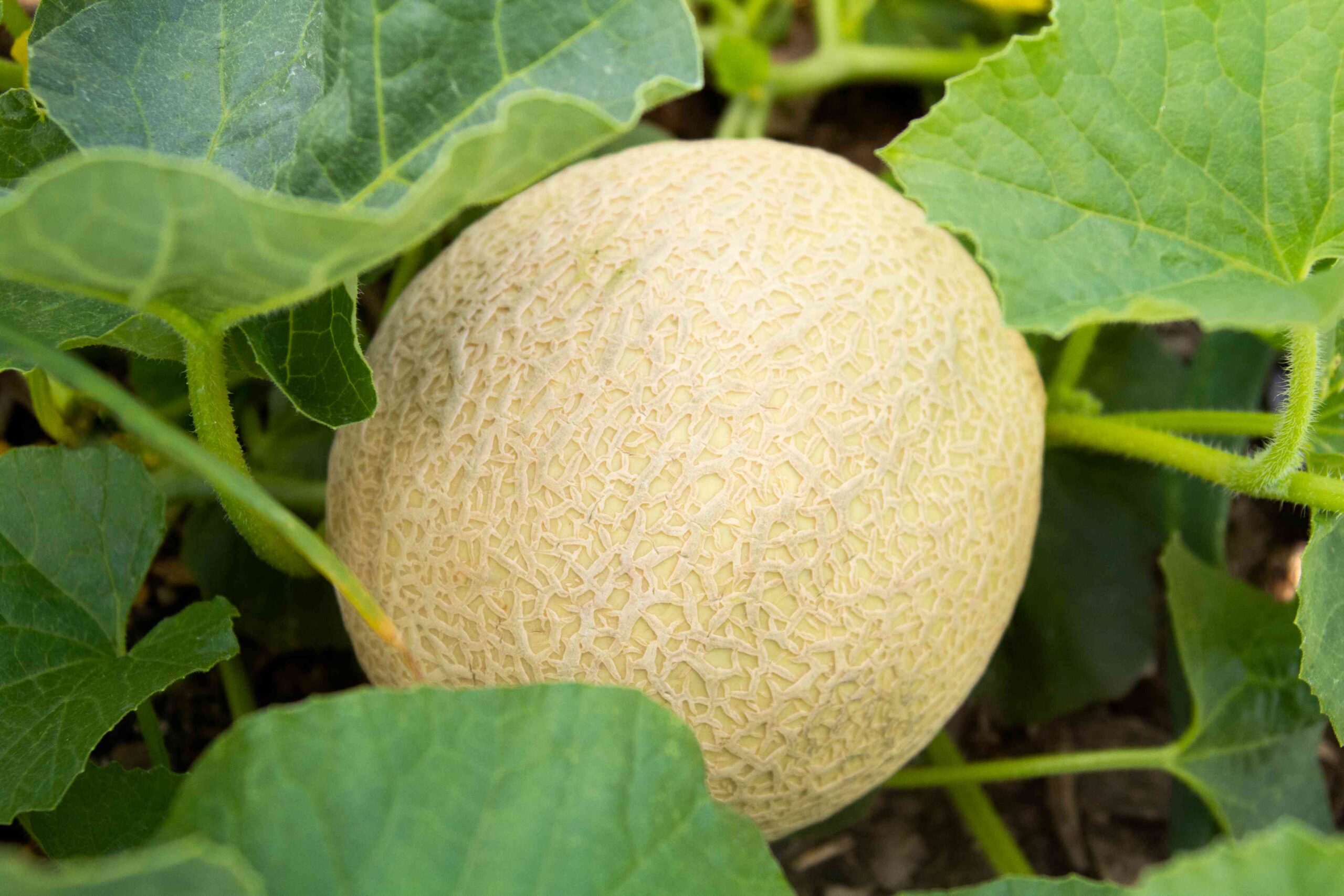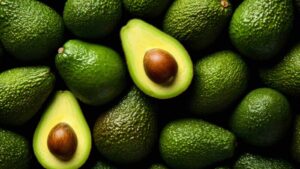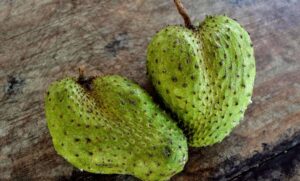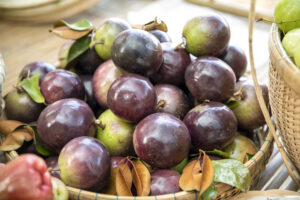How to Grow and Care for Cantaloupe: A Complete Guide
Growing your own cantaloupe (also known as muskmelon) can be incredibly rewarding. There’s nothing quite like the sweet, fragrant taste of a homegrown melon harvested at peak ripeness. Whether you have a spacious garden or just a sunny balcony, this guide will walk you through everything you need to know about growing cantaloupe in various settings.
Understanding Cantaloupe Basics
Cantaloupes (Cucumis melo) belong to the Cucurbitaceae family alongside cucumbers, squash, and watermelons. These heat-loving fruits thrive in warm conditions and require a relatively long growing season of 70-90 days to reach maturity.
According to the USDA Agricultural Research Service, cantaloupes are not only delicious but also nutritious, containing high levels of vitamins A and C, as well as potassium and fiber.
Popular Cantaloupe Varieties for US Growers
Before diving into cultivation, it’s important to select the right variety for your growing conditions. Here are some popular options for US gardens:
| Variety | Days to Maturity | Size | Special Features | Best Growing Region |
|---|---|---|---|---|
| Hale’s Best | 75-85 days | 3-5 lbs | Classic oval shape, excellent flavor | Nationwide |
| Ambrosia | 85 days | 4-5 lbs | Disease resistant, sweet flavor | Midwest, South |
| Minnesota Midget | 60-75 days | 1 lb | Compact vines, container-friendly | North, Short seasons |
| Honey Rock | 80 days | 2-3 lbs | Drought tolerant, early producer | Arid regions |
| Hearts of Gold | 90 days | 3-4 lbs | Heirloom variety, deep orange flesh | Nationwide |
| Sarah’s Choice | 76-85 days | 3 lbs | Disease resistant, excellent taste | East Coast |
Starting Cantaloupe from Seed
Whether you’re planting directly in the garden or starting seeds indoors, proper technique is essential for success.
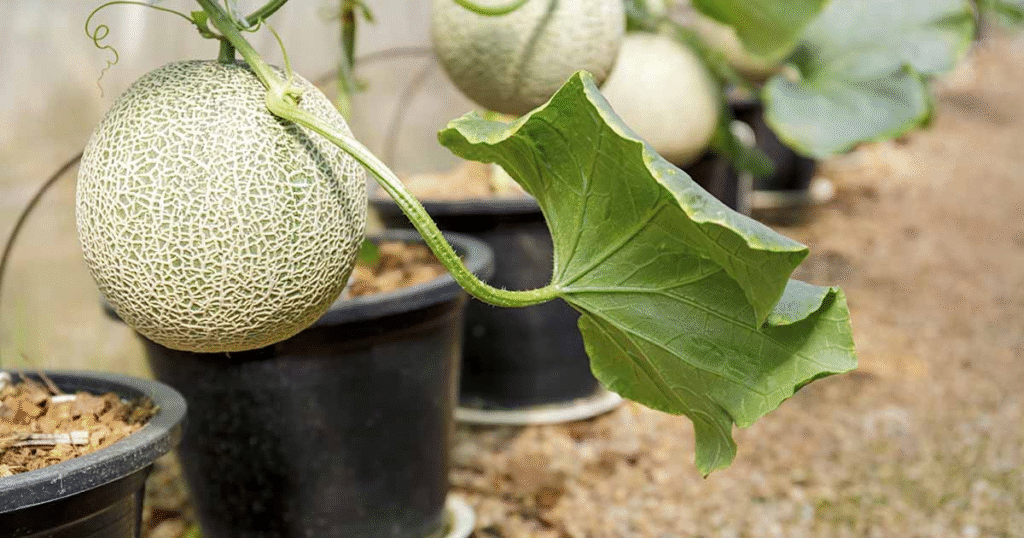
Indoor Seed Starting
Starting seeds indoors gives you a head start in regions with shorter growing seasons:
- Begin seeds 3-4 weeks before your last frost date.
- Use biodegradable pots (like peat) to minimize root disturbance during transplanting.
- Plant seeds ½ inch deep in a quality seed starting mix.
- Maintain soil temperature between 75-85°F (24-29°C) for optimal germination.
- Once seedlings develop their first true leaves, thin to the strongest plant per pot.
- Harden off seedlings by gradually exposing them to outdoor conditions over 7-10 days.
Direct Sowing Outdoors
In warmer regions with longer growing seasons, direct sowing is preferable:
- Wait until soil temperatures reach at least 70°F (21°C) and all danger of frost has passed.
- Prepare hills or raised rows 4-6 feet apart.
- Plant 4-6 seeds per hill, about ½ inch deep.
- After germination, thin to the 2-3 strongest seedlings per hill.
Container Growing Tips
Don’t have garden space? No problem! Cantaloupes can be grown successfully in containers, especially compact varieties like “Minnesota Midget” or “Sugar Cube.”
Follow these container-specific guidelines:
- Choose a container at least 18 inches deep and 24 inches in diameter per plant.
- Ensure excellent drainage with plenty of drainage holes.
- Use a high-quality potting mix, not garden soil.
- Install a sturdy trellis or cage for vertical growth.
- Position your container where it will receive at least 8 hours of direct sunlight.
- Water more frequently than in-ground plants, as containers dry out faster.
- Apply a balanced, water-soluble fertilizer every 2-3 weeks.
Garden Bed Cultivation
For traditional garden growing, follow these steps for a bountiful harvest:
Site Selection and Soil Preparation
- Choose a location that receives full sun (at least 8 hours daily).
- Test your soil and aim for a slightly acidic to neutral pH (6.0-7.0).
- Incorporate 2-3 inches of compost or well-rotted manure.
- Consider raised beds to improve drainage in heavy soils.
- Warm the soil by covering with black plastic for 1-2 weeks before planting.
Planting and Spacing
- Space hills 4-6 feet apart, with rows 6 feet apart.
- If using a trellis system, you can reduce spacing to 12-18 inches between plants.
- Plant after all danger of frost has passed and soil is warm.
Essential Care Requirements
Watering Needs
Consistent moisture is critical, especially during flowering and fruit development:
- Provide 1-2 inches of water weekly.
- Use drip irrigation or soaker hoses to keep foliage dry.
- Reduce watering as fruits near maturity to concentrate flavor.
- Avoid overhead watering, which can increase disease risk.
Fertilization Schedule
Cantaloupes are moderate feeders:
- Before planting, incorporate a balanced fertilizer (10-10-10).
- Side-dress with a nitrogen-rich fertilizer when vines begin to run.
- Apply a second side-dressing when fruits begin to form.
- Consider foliar feeding with compost tea every 2-3 weeks.
Supporting Growth
While not required, training cantaloupe vines can save space and improve fruit quality:
- Install a sturdy trellis at planting time.
- Gently guide young vines onto support.
- Use soft plant ties or strips of cloth to secure vines.
- For heavier fruits, create individual slings from old t-shirts or pantyhose.
Managing Pests and Diseases
Prevention is the best strategy for keeping your cantaloupe plants healthy:
Common Pests
- Cucumber beetles – Use floating row covers until flowering; remove beetles by hand.
- Aphids – Spray with strong water stream or insecticidal soap.
- Squash bugs – Remove egg clusters from leaf undersides; trap adults with boards.
- Vine borers – Cover stems with soil or wrap with aluminum foil.
Disease Prevention
According to the National Center for Home Food Preservation, proper growing practices help prevent common melon diseases:
- Practice crop rotation, avoiding planting where cucurbits grew in the previous 2-3 years.
- Provide good air circulation by proper spacing.
- Water at the base of plants, keeping foliage dry.
- Apply organic mulch to prevent soil-borne diseases from splashing onto leaves.
- Remove and destroy diseased plants immediately.
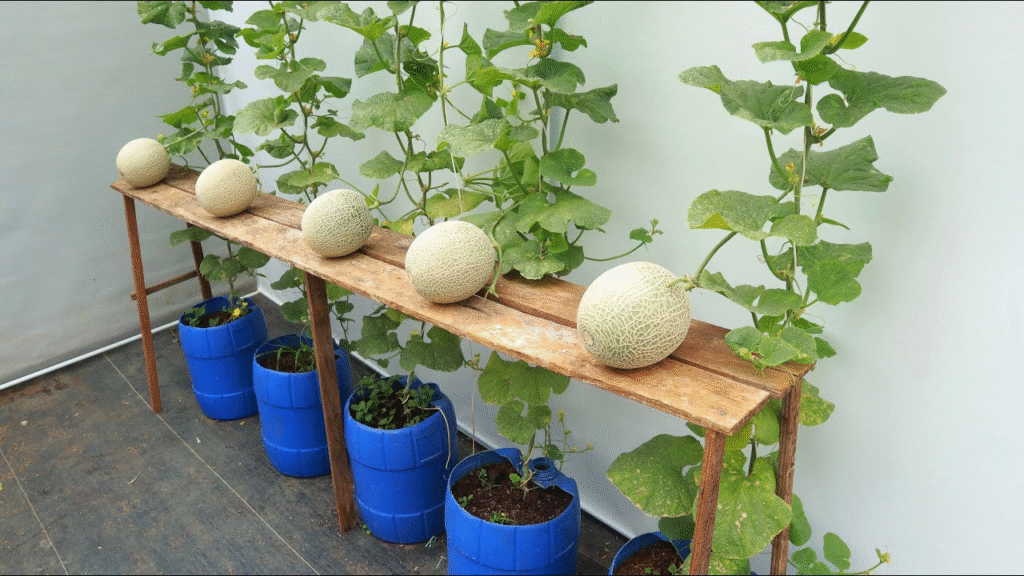
Harvesting Your Cantaloupe
Knowing when to harvest is crucial for optimal flavor and sweetness:
Signs of Ripeness
- The rind changes from green to tan or yellow.
- A crack forms around the stem (slip stage).
- The fruit gives off a sweet, musky aroma.
- The stem separates easily from the fruit with slight pressure (full slip).
Harvesting Technique
- Harvest in the morning when fruits are coolest.
- For fully ripe melons, they should separate from the vine with slight pressure.
- For slightly underripe melons (for storage), cut with pruning shears, leaving 1-2 inches of stem attached.
- Handle fruits carefully to avoid bruising.
Post-Harvest Storage and Use
To enjoy your cantaloupes at their best:
- Allow underripe melons to finish ripening at room temperature.
- Store ripe melons in the refrigerator for up to 5 days.
- Wash the outside thoroughly before cutting to prevent bacteria transfer.
- Once cut, refrigerate unused portions in airtight containers for 2-3 days.
Market Potential in the US
If you’re considering growing cantaloupe commercially, the US market offers significant opportunities. According to recent market analysis, cantaloupe is among the top 10 most consumed fruits in the United States, with average annual consumption of approximately 8 pounds per person.
The US cantaloupe market is valued at over $300 million annually, with California, Arizona, and Texas leading production. Direct-to-consumer sales through farmers’ markets and CSAs often command premium prices, especially for locally grown, organic melons.
Troubleshooting Common Issues

Poor Fruit Set
If your plants flower but don’t set fruit:
- Ensure adequate pollination by attracting bees with companion flowers.
- Hand-pollinate by transferring pollen from male to female flowers using a small brush.
- Check temperature ranges—extreme heat can prevent fruit set.
Splitting Fruits
To prevent fruits from cracking:
- Maintain consistent watering, especially during fruit development.
- Apply mulch to regulate soil moisture.
- Harvest promptly when melons reach maturity.
Bland or Tasteless Melons
For sweeter, more flavorful fruits:
- Ensure plants receive full sun.
- Reduce watering as fruits mature.
- Allow fruits to fully ripen before harvesting.
- Choose varieties suited to your climate.
Conclusion
Growing cantaloupe can be a rewarding experience that provides delicious, nutritious fruit for your table. By following the guidelines in this article, you’ll be well on your way to enjoying sweet, homegrown melons regardless of whether you’re planting in a spacious garden or a modest container. Remember that patience and attention to detail are key—from selecting the right variety to harvesting at the perfect moment of ripeness.
With proper care and the right growing conditions, you’ll soon be enjoying the incomparable taste of freshly harvested cantaloupe, straight from your own garden to your table.
